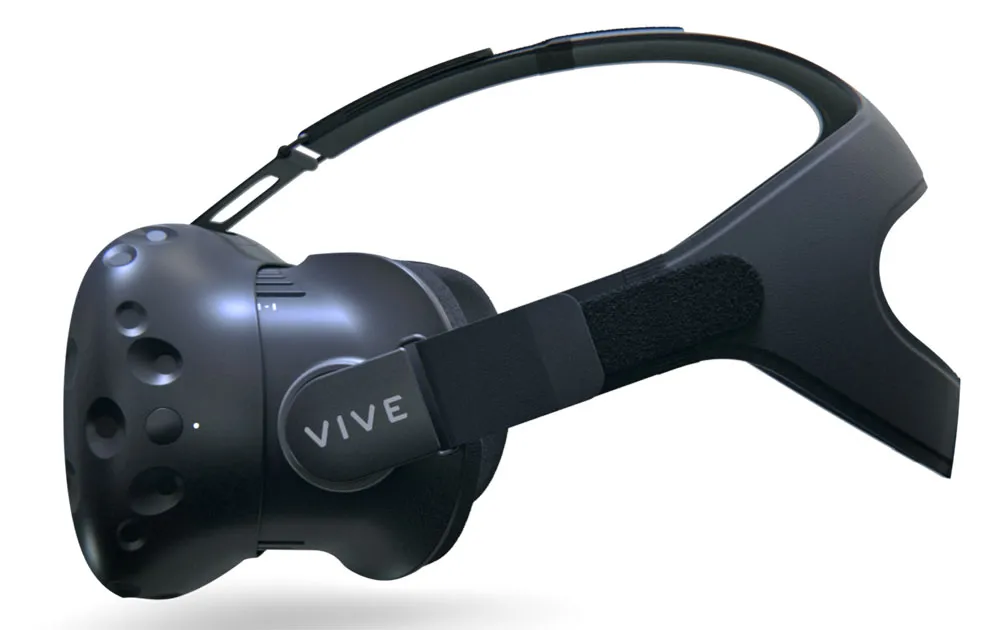Wired VR headsets have barely noticeable motion-to-photon latency. It’s essential to ensure a comfortable experience; a headset must keep the pace with where the user is turning their head, otherwise they might being to feel nauseous let alone unimmersed. Introducing wireless add-on kits for these devices threatens to risk increasing these latency times, however.
As we reported back in January, HTC is partnering with Intel to create one of these wireless solutions, named WiGig. Using a device that wirelessly communicates with your PC, WiGig promises to cut the cord that many VR users are growing frustrated with. We haven’t gone hands on with the kit ourselves just yet, but there should be less than seven milliseconds of latency “in any environment”. HTC said as much in a blog post that followed a showing of the solution at the Computex event in Taipei this week.
WiGig’s tech uses a 60GHz band, which HTC promises will deliver “pristine video quality” along with minimal latency. But don’t just take their word for it; a proof of concept version of the kit will be on display at E3 in Los Angeles in just two weeks’ time.
No word on when we’ll be able to actually take one of these devices home, nor how much it might cost, but we’ll be sure to keep you posted.
WiGig is not the only competitor in the wireless VR adapter scene. In fact it’s not even the only one developed with the help of HTC. TPCast, a member of the company’s Vive X accelerator programme, is already shipping its own adapter for the Vive in some parts of the world, with plans to bring it elsewhere later this year. It’s a solution we’re pretty impressed with, unlike some others out there.


























